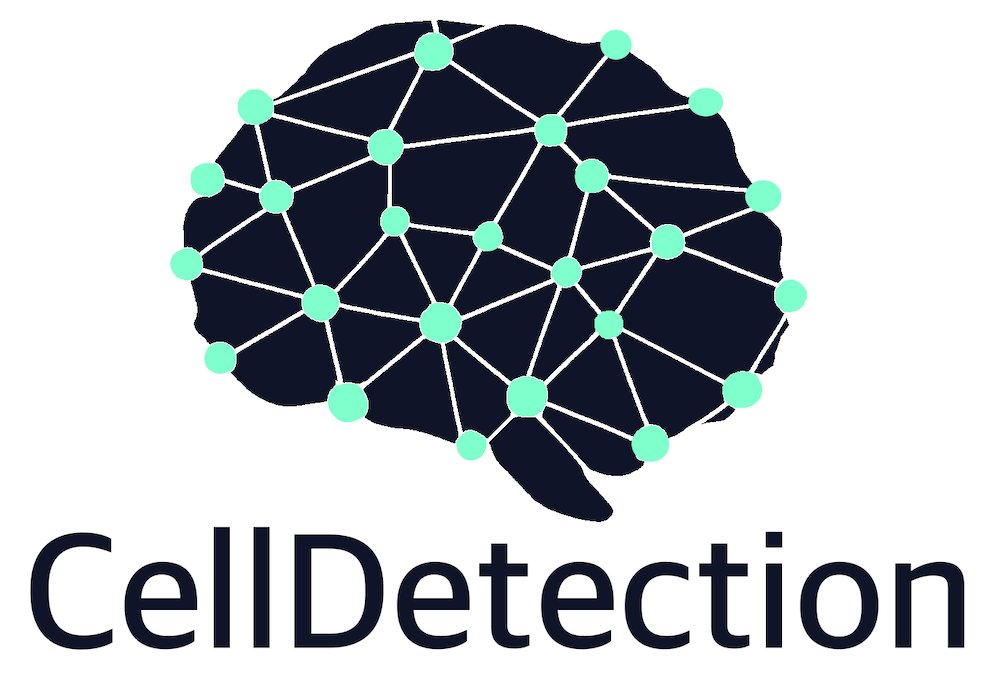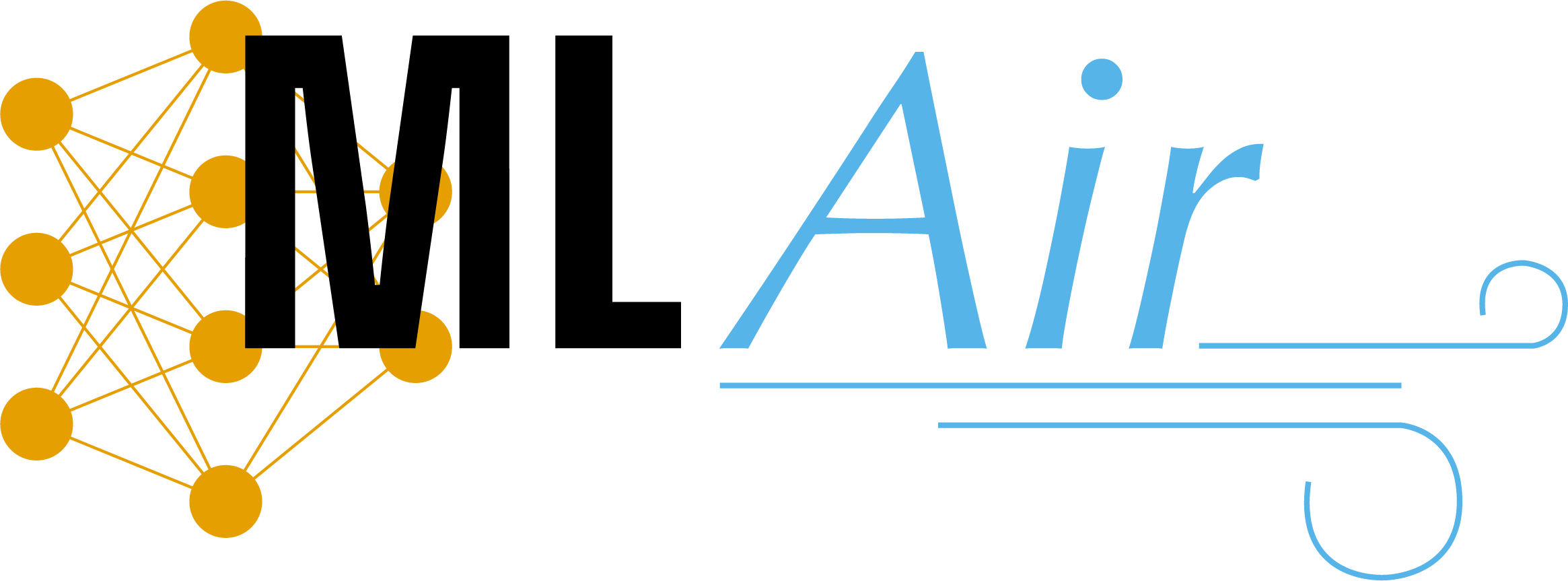All software
pySDC
pySDC is a Python implementation of the spectral deferred correction approach and its flavors, esp. the parallel-in-time extension PFASST. It is intended for rapid prototyping and educational purposes. New ideas can be tested and first toy problems can be easily implemented.
- collocation
- high-performance computing
- Information
- + 4
- Jupyter Notebook
- Python
- C++
- + 2
ClimSight
ClimSight is a tool designed to make localized climate information both accessible and actionable. By integrating large language models (LLMs) with geographical and climate data, ClimSight provides users with tailored, location-specific insights essential for a variety of applications.
- Climate
- climate modelling
- ClimSight
- + 1
- Python
- Dockerfile

Kaapana
Kaapana is an open source toolkit for state of the art platform provisioning in the field of medical data analysis. The applications comprise AI-based workflows and federated learning scenarios with a focus on radiological and radiotherapeutic imaging.
- data managment
- Federated Learning
- Image processing
- + 2
- Python
- Vue
- Shell
- + 14
deus
Damage and Exposure Update Service
- Earth & Environment
- Geohazards
- Python
- Shell
- Dockerfile

CellDetection
An open-source Python package, offering advanced AI methods for the identification and segmentation of biomedical objects, such as cells, in image data. Includes trained models that work out-of-the-box for a wide range of use cases.
- cell counting
- cell detection
- cell segmentation
- + 9
- Python
- Dockerfile

JuPedSim
JuPedSim is a framework designed to support students and researchers in investigating pedestrian dynamics and conducting research related to the development and validation of new models or model features. It enables the analysis of experiments and facilitates the proper visualization of results.
- Information
- Modeling
- open source
- + 3
- Python
- C++
- Jupyter Notebook
- + 3

MLAir
MLAir (Machine Learning on Air data) is an environment that simplifies and accelerates the creation of new machine learning (ML) models for the analysis and forecasting of meteorological and air quality time series.
- Python
- Shell
- Jupyter Notebook
- + 2

Prospective Monitoring and Management - App (PIA)
PIA is a free open-source eResearch System for monitoring of incident events and provides a digital infrastructure for conducting population-based studies in any research field - at a study centre or at home. PIA focuses on repeated surveys. #DigitalEpidemiology #LongitudinalDataCollection #FOSS
- Data Collection
- Digital Infrastructure
- epidemiology
- + 5
- TypeScript
- HTML
- JavaScript
- + 11
PeriLab
PeriLab is a Software to solve Peridynamic problems. It is written in Julia to overcome many issues related to the Software Peridigm.
- High performance computing
- julialang
- Peridynamics
- + 1
- Julia
- G-code
- Batchfile
- + 3

Reflectorch
Reflectorch is a Python package for the analysis of X-ray and neutron reflectivity data using Pytorch-based neural networks. It provides fast simulation of reflectometry curves by GPU, parameterization via YAML configuration files, and prior-aware training.
- Machine learning
- neutron
- open source
- + 3
- Python
- TeX
- Dockerfile
HIPSTA
The HIPpocampal Shape and Thickness Analysis Toolbox (HIPSTA) present a geometry-based method for the analysis of local hippocampal thickness and curvature and constructs an intrinsic coordinate system (unrolling/flattening) for statistical analysis across multiple participants.
- MRI
- Neuroimaging
- open source
- + 1
- Python
- Dockerfile
SicHash
A perfect hash function is a function that has no collisions on a given set. SicHash places objects in a cuckoo hash table and then stores the final hash function choice of each object in a retrieval data structure. Using irregular cuckoo hashing, each object has a different number of hash functions
- C++
- TeX
- Shell
- + 2